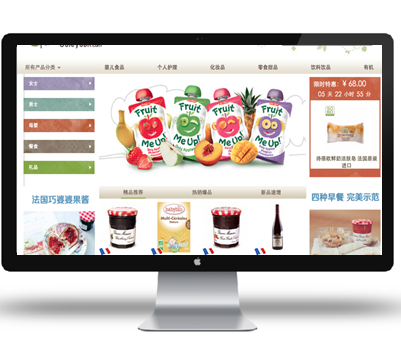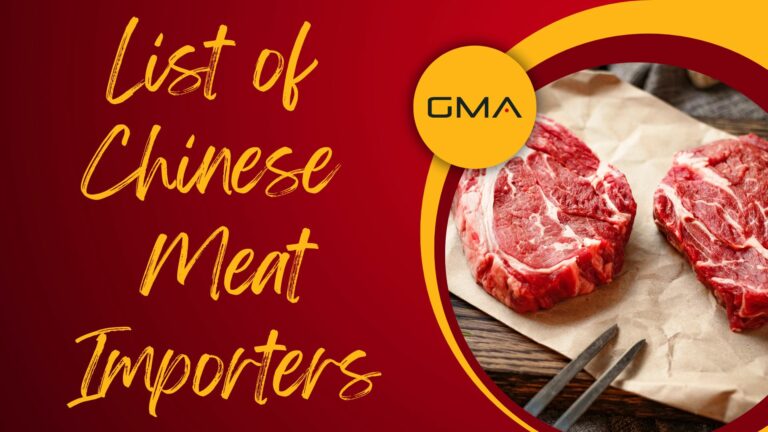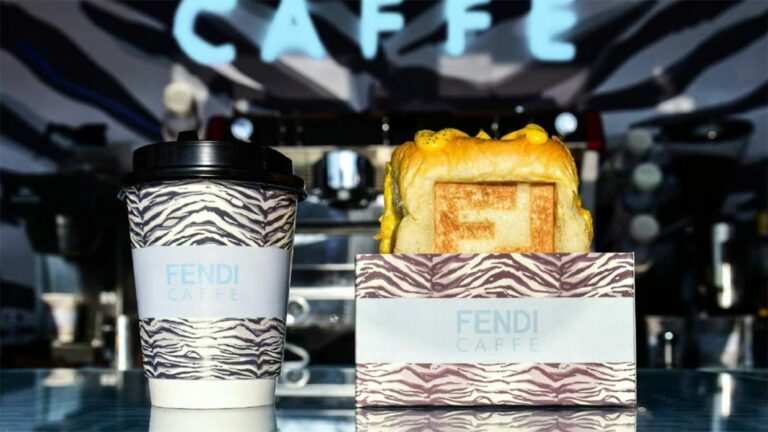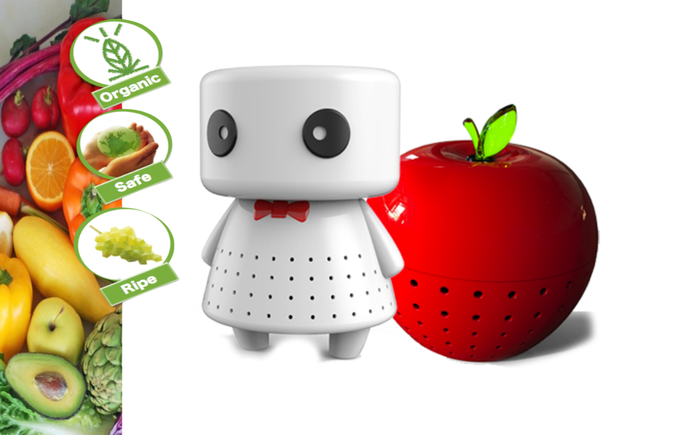Innovation part of the content of Food Franchise brands in China

Today seoagencychina, your Webmagazine will talek about KFC in China…. the Chicken brand is innovating its holiday offerings by introducing a unique electric cooker and exclusive toys and menu items for the Chinese market during Christmas. Here’s a rewritten summary of their strategy and ten tips for marketing franchise food brands in China using effective communication:

KFC’s holiday season in China features a novel electric cooker designed like their iconic bucket, complete with festive snowflake motifs. It boasts a capacity of 800ml, 500W power, and a non-stick surface, suitable for boiling or shallow frying for one or two people. This cooker is part of a meal deal priced at 89.9 RMB (approximately 12.69 USD).
Cost-Effective Agency
KPI and Results focused. We are the most visible Marketing Agency for China. Not because of huge spending but because of our SMART Strategies. Let us help you with: E-Commerce, Search Engine Optimization, Advertising, Weibo, WeChat, WeChat Store & PR.
KFC and Pokeymoon
, KFC China releases a “giant bucket” and limited-time festive meals. This year, they have incorporated co-branded toys, with Pokémon characters like Meowth, Psyduck, and Snorlax available with a meal costing 39.9 RMB (5.63 USD). For 78.9 RMB (11.13 USD), customers can get a meal that includes a large Pikachu-themed magic mirror.
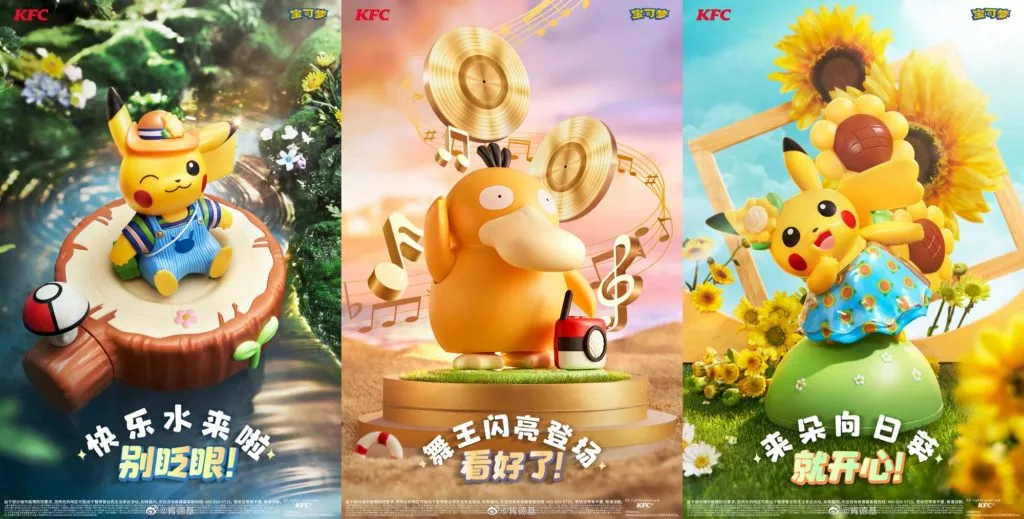
KFC’s Christmas menu is themed as an Italian-style celebration, featuring roasted whole chicken, pasta burgers, nama chocolate, and a mouse chocolate cake. In collaboration with Lavazza, they’re also offering two Panettone fruitcakes. The “KFC Italian Christmas Month” campaign has garnered significant attention on Weibo.
KFC aims for a “consumption upgrade” with these offerings, balancing practicality and indulgence in its gifts and menus.
McDonald’s in China has generated buzz through various initiatives and campaigns. Here are five notable instances:
Bike in MacDonald
Customizable Burger Campaign: McDonald’s China launched a campaign that allowed customers to customize their burgers. This initiative, which enabled consumers to choose from a variety of ingredients and create their unique burger, was a hit, especially among younger customers who value personalized experiences.
KFC China has been actively rebranding and innovating to appeal to a younger demographic. They’ve introduced unique black burgers to the Chinese market and revamped many outlets with a modern industrial aesthetic. Additionally, KFC has launched KPRO, an experimental concept store.
KPRO diverges from KFC’s traditional menu of fried chicken and Zinger burgers, offering healthier options such as quinoa salads, salmon sandwiches, and fresh fruit juices. This new venture is situated in the basement of a trendy shopping mall in Hangzhou, home to Alibaba, the e-commerce giant and a recent investor in KFC China.
Yum China, the parent company of KFC China, emphasized the need for adaptation. Yum China, having separated from the global Yum Brands, focuses on staying relevant to a broad age range of customers, from toddlers to the elderly.
KFC’s journey in China began on November 12, 1987, with the opening of a large three-story restaurant near Qianmen, close to Beijing’s Imperial Palace. Despite its size, the outlet struggled to accommodate the throngs of locals eager to experience Western cuisine.
KFC and McDonald’s initially represented Western dining in China, both in brand prestige and price. On its opening day, the Qianmen KFC sold over 2,200 buckets of chicken, earning 83,000 yuan (about $22,300 at the time). The outlet’s popularity persisted, with long queues often stretching to Tian’anmen Square. Today, the average daily revenue of a KFC store in China is around 50,000 yuan.
Seoagencychina’s 10 tips for marketing franchise food brands in China:
- Cultural Adaptation: Tailor products and campaigns to resonate with local traditions and festivals.
- Innovative Merchandising: Introduce unique, branded merchandise that blends practicality with novelty.
- Strategic Collaborations: Partner with popular brands or characters to attract diverse customer segments.
- Limited-Edition Offerings: Create urgency and excitement with time-limited products.
- Social Media Engagement: Utilize platforms like Weibo to build hype and engage with consumers.
- Thematic Campaigns: Develop themed menus and products to create a cohesive, immersive experience.
- Quality and Convenience: Focus on delivering high-quality products that offer convenience.
- Consumer Insights: Understand and respond to local consumer preferences and trends.
- Digital Integration: Leverage online platforms for ordering, promotions, and interactive campaigns.
- Sustainable Practices: Incorporate eco-friendly and sustainable practices to appeal to environmentally conscious consumers.
read more

